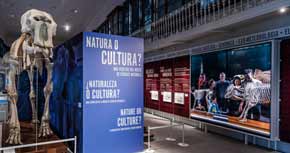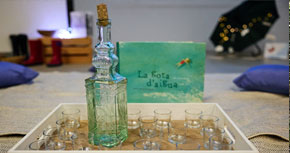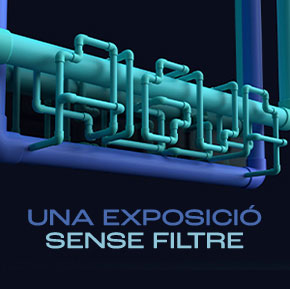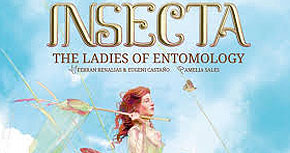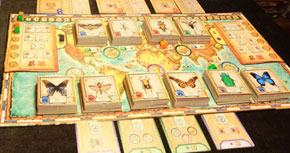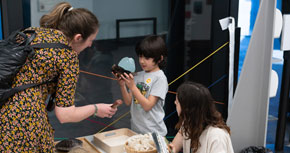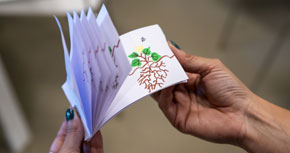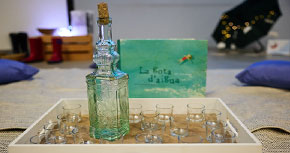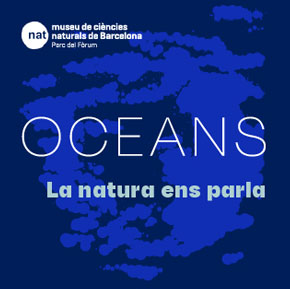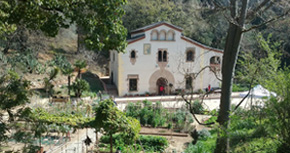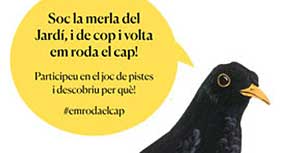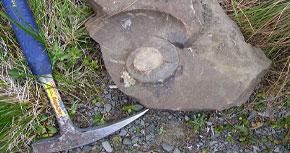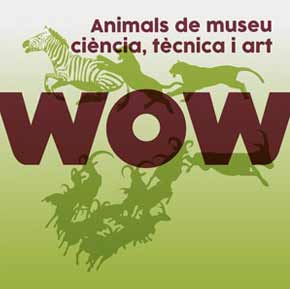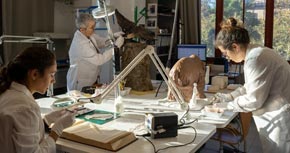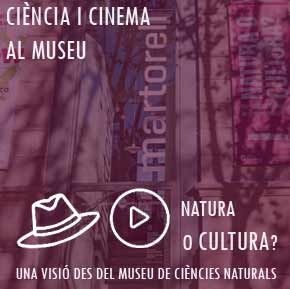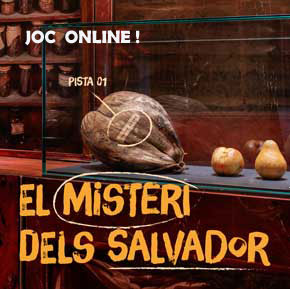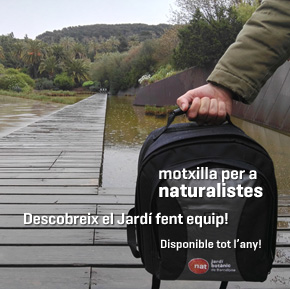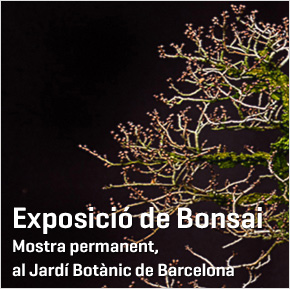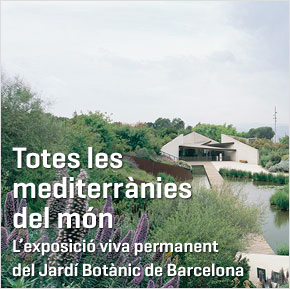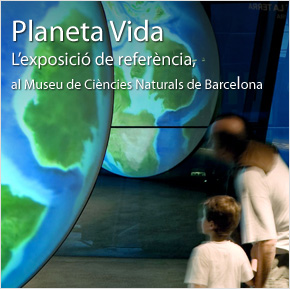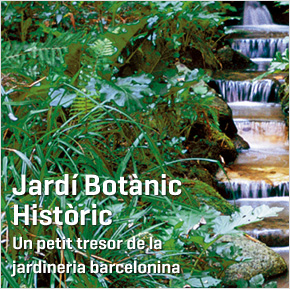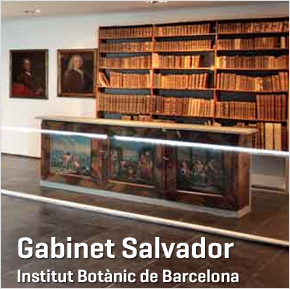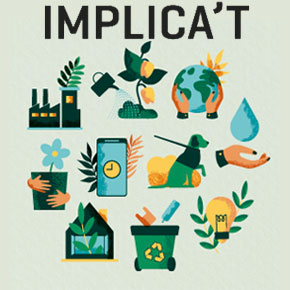- Lloc
- Laboratori de Natura
- Dates
- Dimecres 14 de novembre de 2018
- Horari
- De 18 a 20 h
- Durada
- 2 hores
- Adreçat a
- Membres del Grup SEMBIOS, però també, a qualsevol persona interessada
- Tipus
- Seminari
- Preu
- Activitat gratuïta
Arquitectura genòmica espacial de llinatge
Els estudis d’identificació dels polimorfismes de nucleòtids propis del genoma, associats a trastorns comuns. Idioma vehicular: anglès.
Laboratori de Natura Activitats Arquitectura genòmica espacial de llinatge
Títol: Spatial Lineage-Specific Genome Architecture: Linking Enhancers and Non-coding Disease Variants to Target Gene Promoters and Understanding Genome Functions
Human cells bears in its nucleus about 2 meters of DNA containing the genes that shape the being and the manner in which is packed regulates its function. Long-range physical interactions between regulatory elements and gene promoters play key roles in transcriptional regulation. The vast majority of interactions are uncharted, constituting a major missing link in understanding genome control. Genome-wide association studies have identified thousands of single nucleotide polymorphisms (SNPs) associated with common disorders but most of them expand non-coding regions, being difficult to be interpreted. Interestingly these non-coding SNPs cluster on DNA hypersensitivity sites, hallmark of regulatory element, pointing out a potential role of these genetic variants in the deregulation of target genes. For all these reasons, a new technique called promoter capture Hi-C (PCHi-C) has been implemented. PCHi-C allows the genome-wide systematic identification of the interacting regions that are in physical contact with 31,253 human promoters. Applying this cutting-edge technology in 17 human primary hematopoietic cell types, it has been shown that promoter interactions are highly cell type specific and enriched for links between active promoters and epigenetically marked enhancers. Promoter interactomes reflect lineage relationships of the hematopoietic tree, consistent with dynamic remodeling of nuclear architecture during differentiation. Interacting regions are enriched in genetic variants linked with altered expression of genes they contact, highlighting their functional role. With this approach, non-coding disease variants have been connected to putative target promoters, prioritizing thousands of disease-candidate genes and implicating disease pathways. These results demonstrate the power of primary cell promoter interactomes to reveal insights into genomic regulatory mechanisms underlying common diseases.
Ponent: Biola Maria Javierre, investigadora de l’Institut de Recerca contra la Leucèmia Josep Carreras.
Idioma vehicular: anglès.
Lloc: sala d’actes del Castell dels Tres Dragons (Laboratori de Natura, pg. Picasso, s/n)
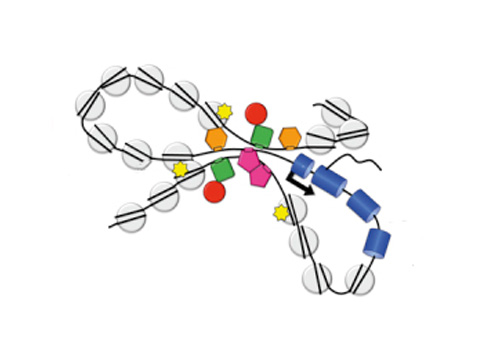
Imatge publicada a The National Center for Biotechnology Information
Dins el programa de Seminaris de Biodiversitat, SEMBIO. Debat i intercanvi d’experiències essencialment sobre sistemàtica, zoologia, evolució animal i filogènia molecular. Aquestes xerrades estan organitzades pel Grup de Recerca Consolidat ZooSysEvo format per científics de la Facultat de Biologia (UB) i del Museu de Ciències Naturals de Barcelona. L’objectiu és difondre els continguts de la recerca d’investigadors del grup o d’algun investigador convidat.
Altres activitats
- Des de 14-12-2024
- Fins a 14-12-2024

